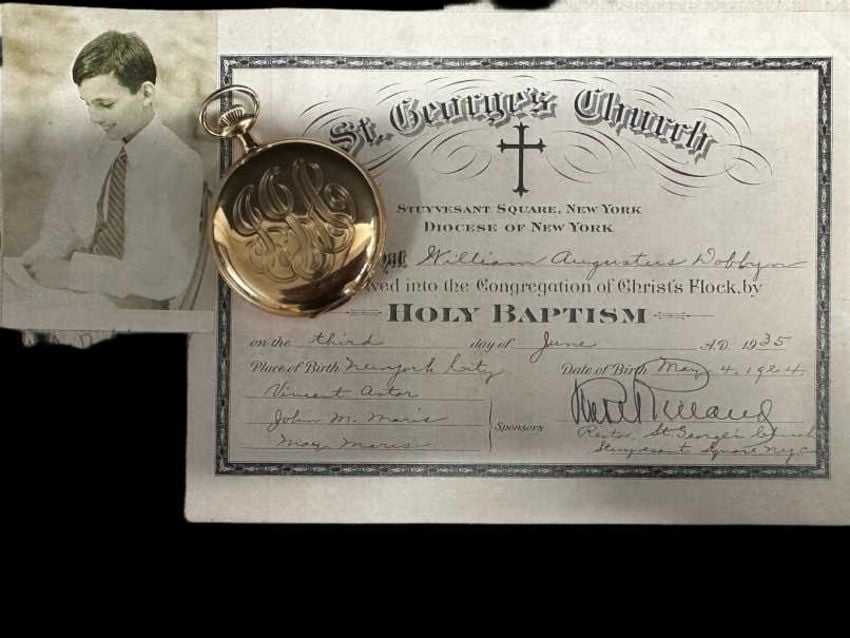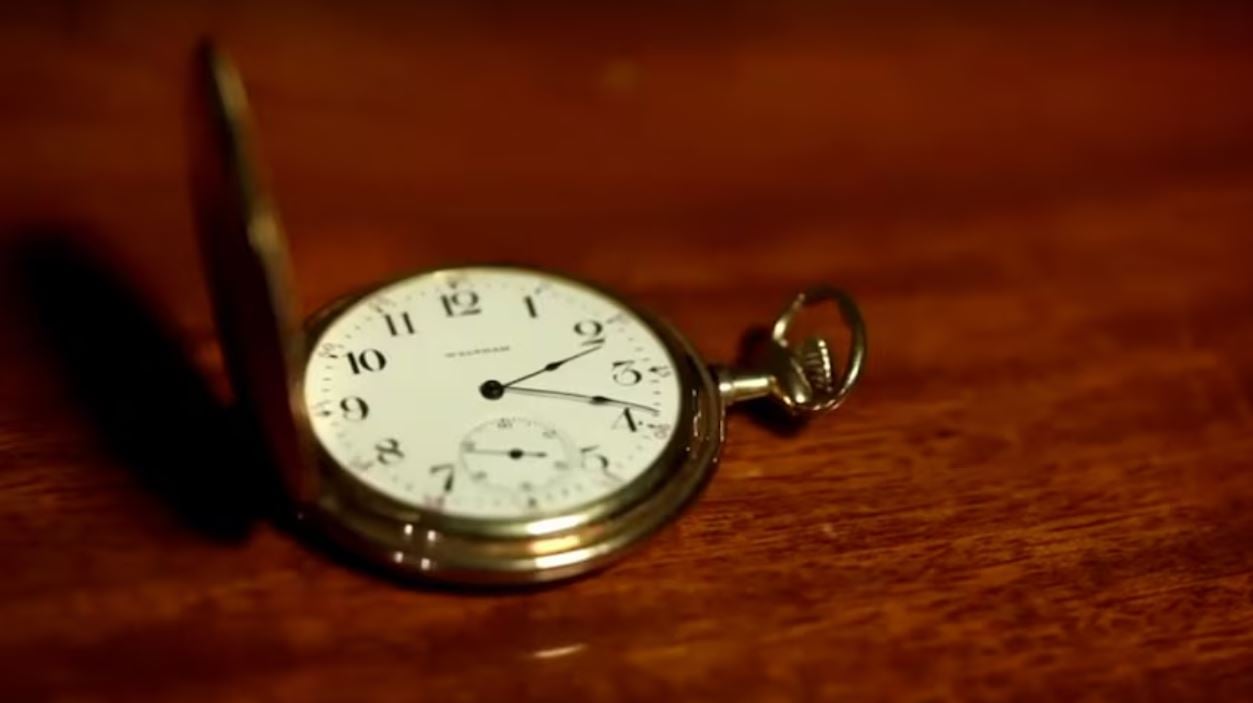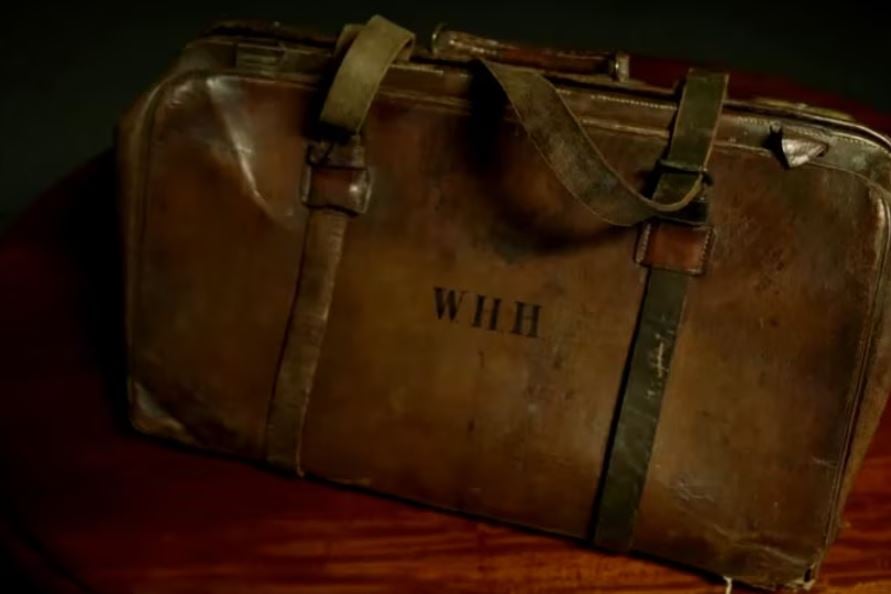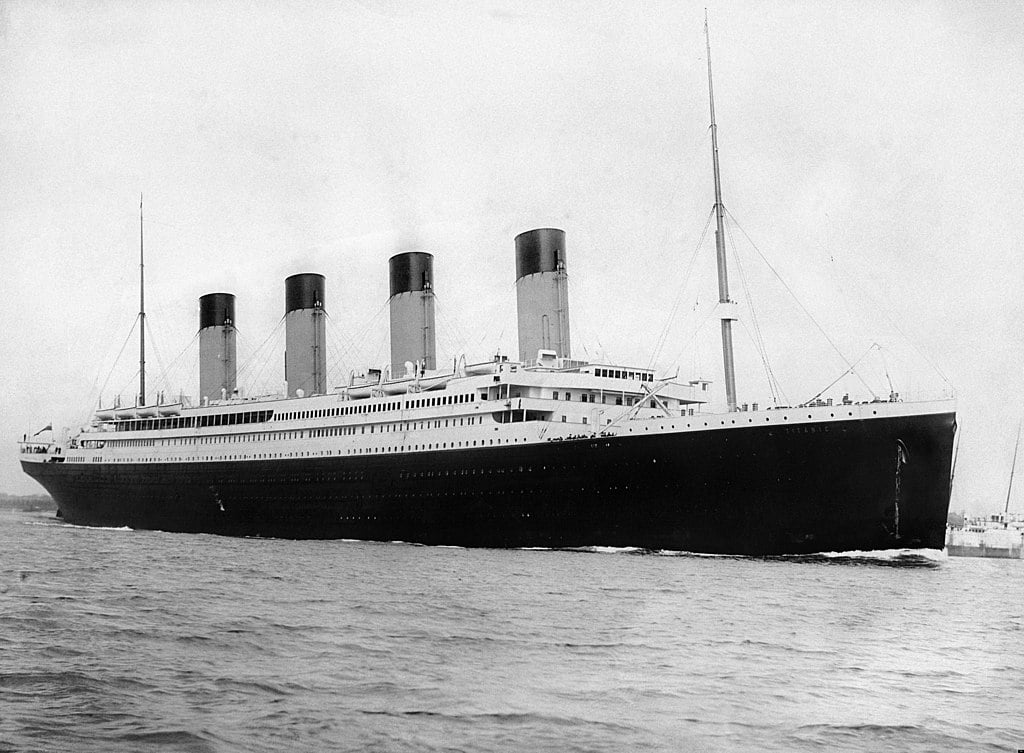A Pocket Watch Owned By A Titanic Passenger Sells At Auction
If only watches could tell stories! This watch, which belonged to Titanic passenger John Jacob Astor, would certainly have a story to tell.
On April 14th, 1912, the RMS Titanic struck an iceberg. It was just after 11:40 that night. The ship, which had been touted as unsinkable because of the leading technology used in her construction at the time, had foundered by 2:20 the next morning. Sadly, 1,523 people lost their lives, including 815 passengers and 688 crew members. As many as 700 survived the tragic sinking. Many more could have survived, as the ship had a lifeboat capacity for 1,178 people, but panic overcame many of those on board.
The Titanic passenger who owned this watch
One of those who perished was John Jacob Astor. He was reportedly last seen smoking a cigarette and talking to other passengers as the Titanic started to slip under the icy Atlantic. A week later, his body was recovered, and on his person was a Waltham pocket watch.
Last month, that watch sold for £1.175 million (around €1,377,000). The auction house Henry Aldridge & Son sold the watch to a US-based private collector. Before the auction, the watch had been expected to get between £100,000 and £150,000.
The Waltham watch was partly identified because of a unique engraving
John Astor was 47 when he died. One of his last recorded acts was helping his wife onto a lifeboat. Astor, a member of a prominent and wealthy family, was also the richest Titanic passenger. His watch was a 14K gold Waltham pocket watch engraved with his initials, JJA. According to Henry Aldridge & Son, the watch was returned to Mr. Astor’s son Vincent, who had it restored and used it before eventually passing it on to the son of his father’s executive secretary.
According to auctioneer Andrew Aldridge, quoted in Sky News, “At first, Astor did not believe the ship was in any serious danger but later it was apparent she was sinking and the captain had started an evacuation after midnight, so he helped his wife into lifeboat four.” Mrs. Astor survived thanks to her husband’s efforts.
“[These items] reflect not only the importance of the artifacts themselves and their rarity, but they also show the enduring appeal and fascination with the Titanic story. The thing with the Titanic story [is] it’s effectively a large ship hit an iceberg with a tragic loss of life, but more importantly, [there are] 2,200 stories . . . 2,200 subplots, every man, woman, and child had a story to tell, and then the memorabilia tells those stories today,” Mr. Aldridge said.
This violin case from the Titanic was also sold at auction
This humble violin bag was also recovered from the Titanic and sold at the auction. In some ways, it’s a powerful symbol of the human tragedy of the Titanic disaster.
The violin bag, which bears the initials WHH, belonged to Wallace Hartley, the Titanic‘s bandmaster. It was Hartley who led the ship’s band to play music as the vessel sank. This element of the Titanic‘s sinking is one of the most touching moments recorded and was the subject of a moving scene in the 1997 blockbuster film Titanic. The violin bag sold for £290,000 (roughly €340,000).
Final thoughts
The sinking of the Titanic is still seared into the minds of many. It is a story of human tragedy but has always captured the popular imagination. Perhaps it has done so because it’s also a tale of human arrogance, that we could hope to claim to construct an unsinkable ship. Most powerfully, it is a story about the last moments of so many hundreds of human beings. It is always sobering to see artifacts that draw us back to these significant historical moments.
What do you think, Fratelli? Are you fascinated by these historical relics and the stories they could tell? Let me know in the comments.







